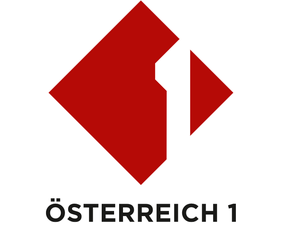- About Us
- Projects to come
- Projects so far
- Exhibitions
- Tage der Transformation 2023
- Stipendienprogramm 2023
- Tage der Transformation 2022
- Theaterstück im AKW
- GLOBART Academy
- 3. GLOBART Mindfulness Forum
- GLOBART Award
- GLOBART Talk
- World Peace Game
- Publications
- Book Recommendations
- GLOBART Space Hack
- Mindful Self-Compassion + ART
- Mindfulness in Osterloh
- GLOBART Business Summit
- Speakers 1999-2020
- Videos
- Donate
- Contact
Review of the Exhibition „Museum des Anfangs“ by Elisabeth von Samsonow
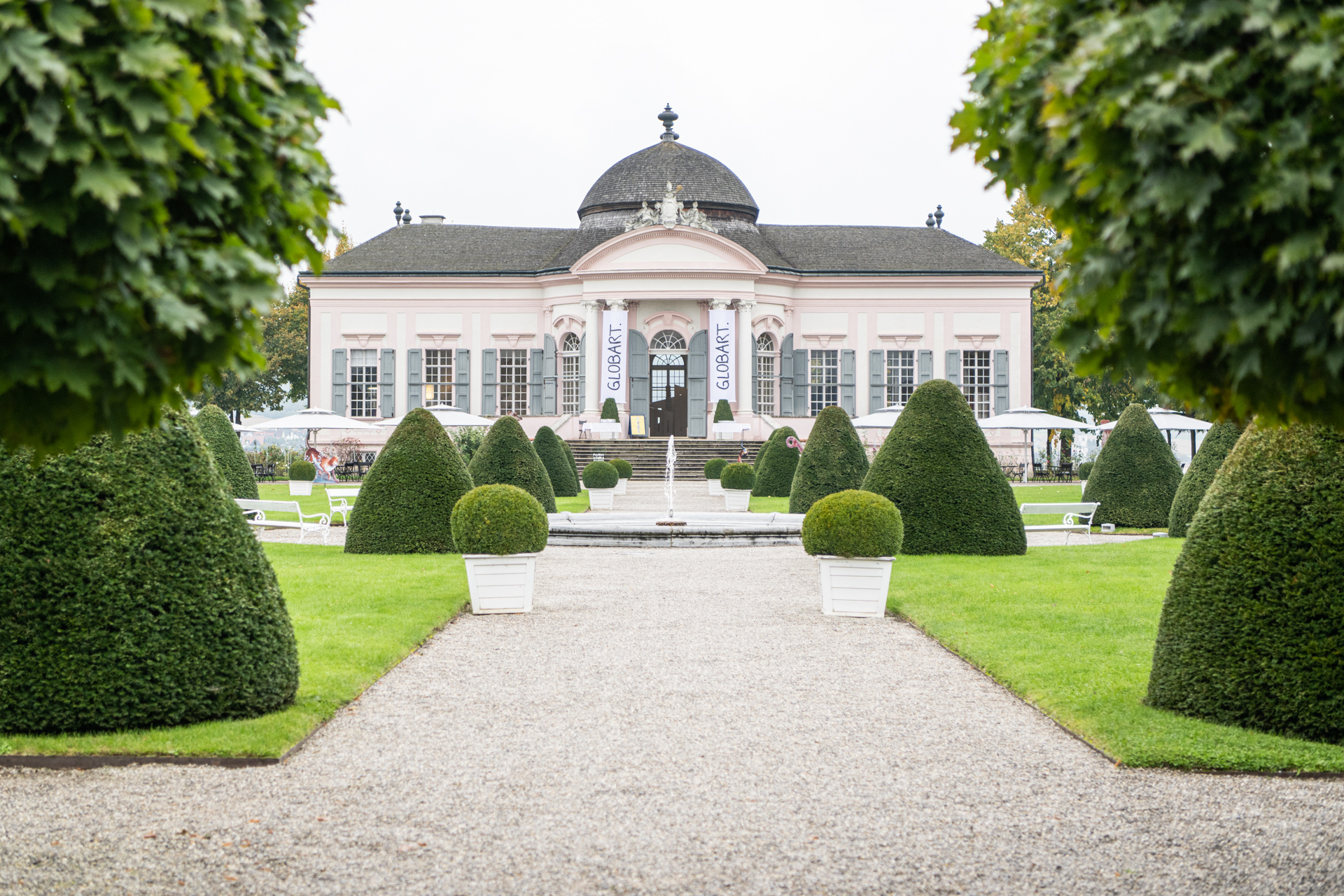
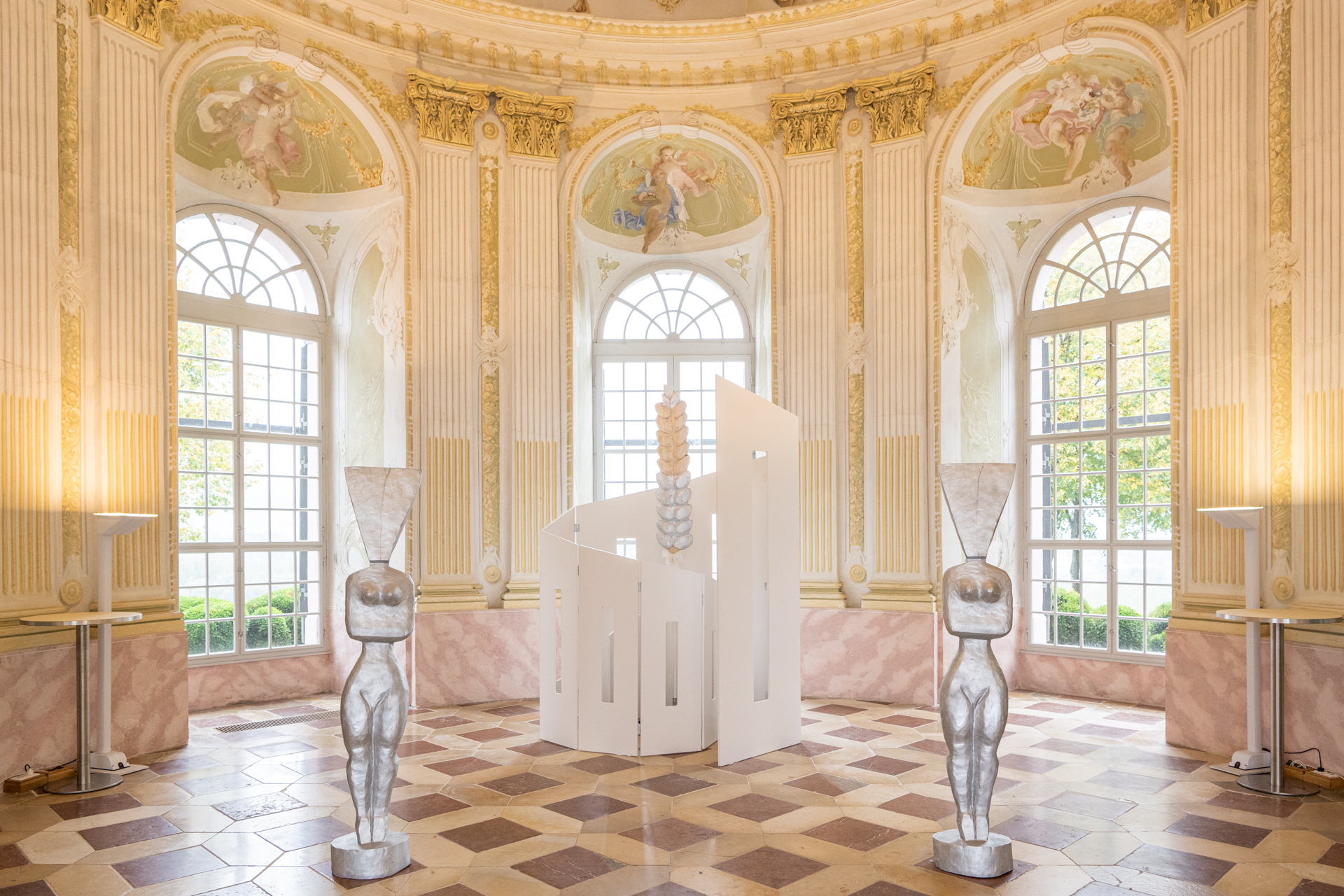
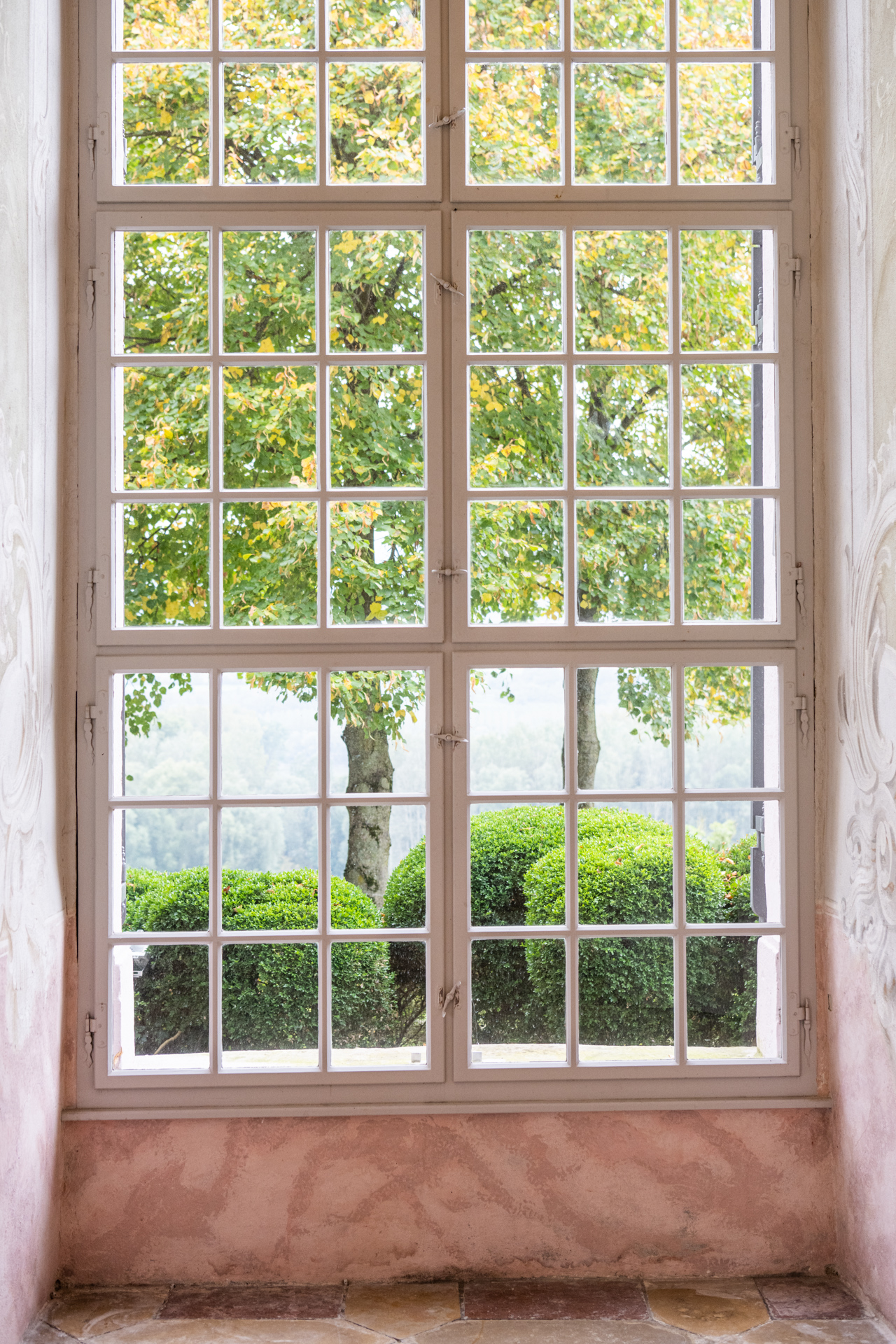
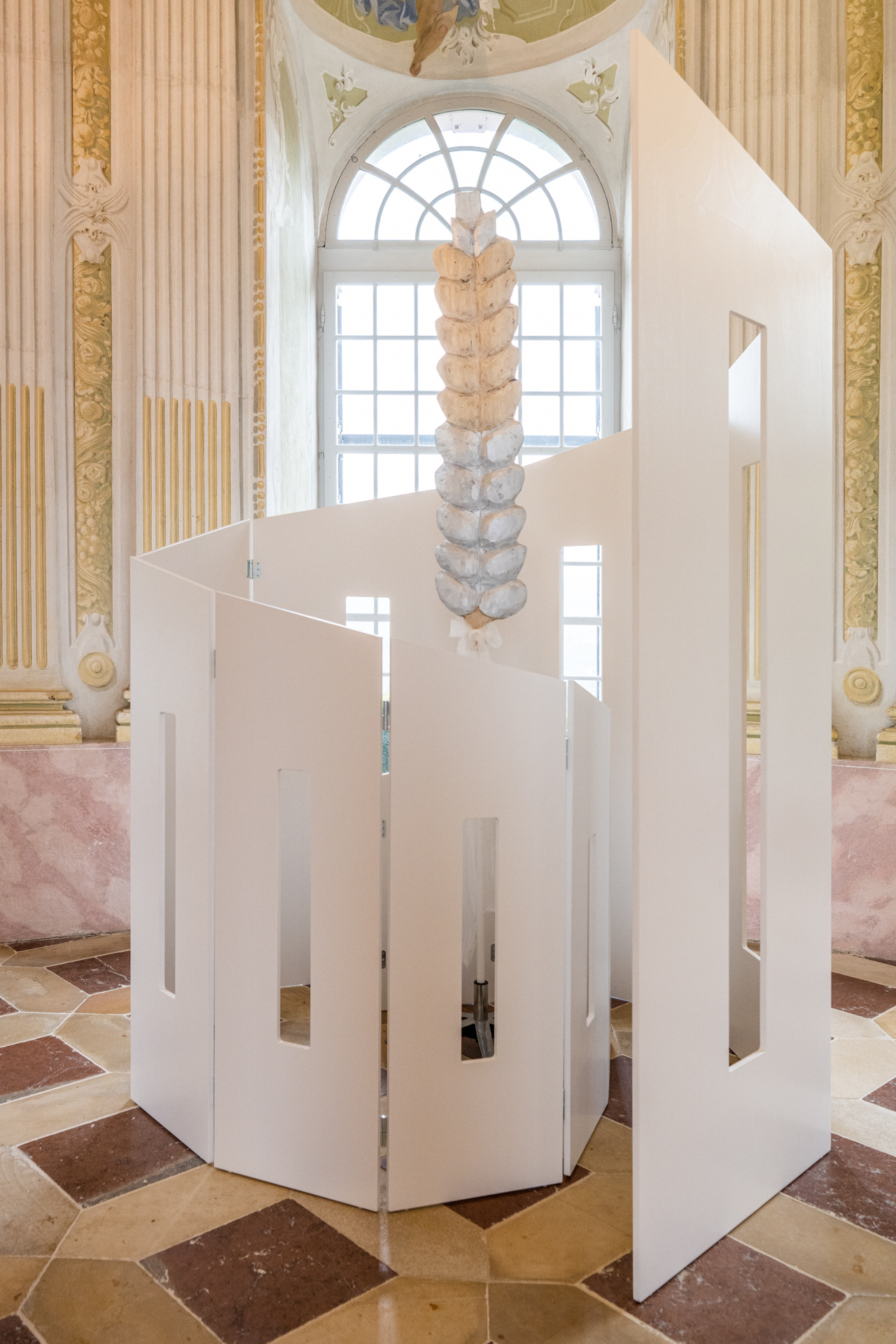
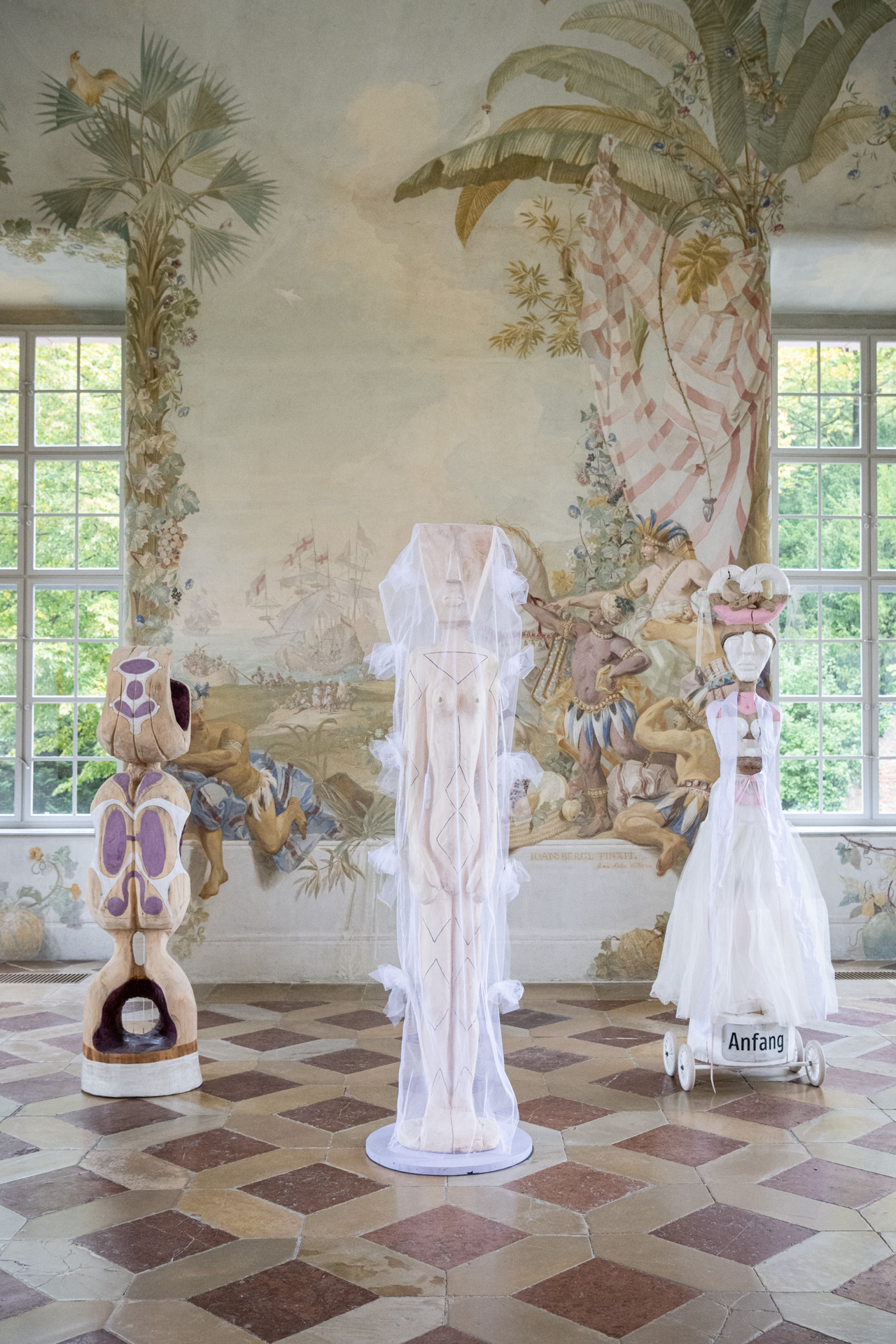
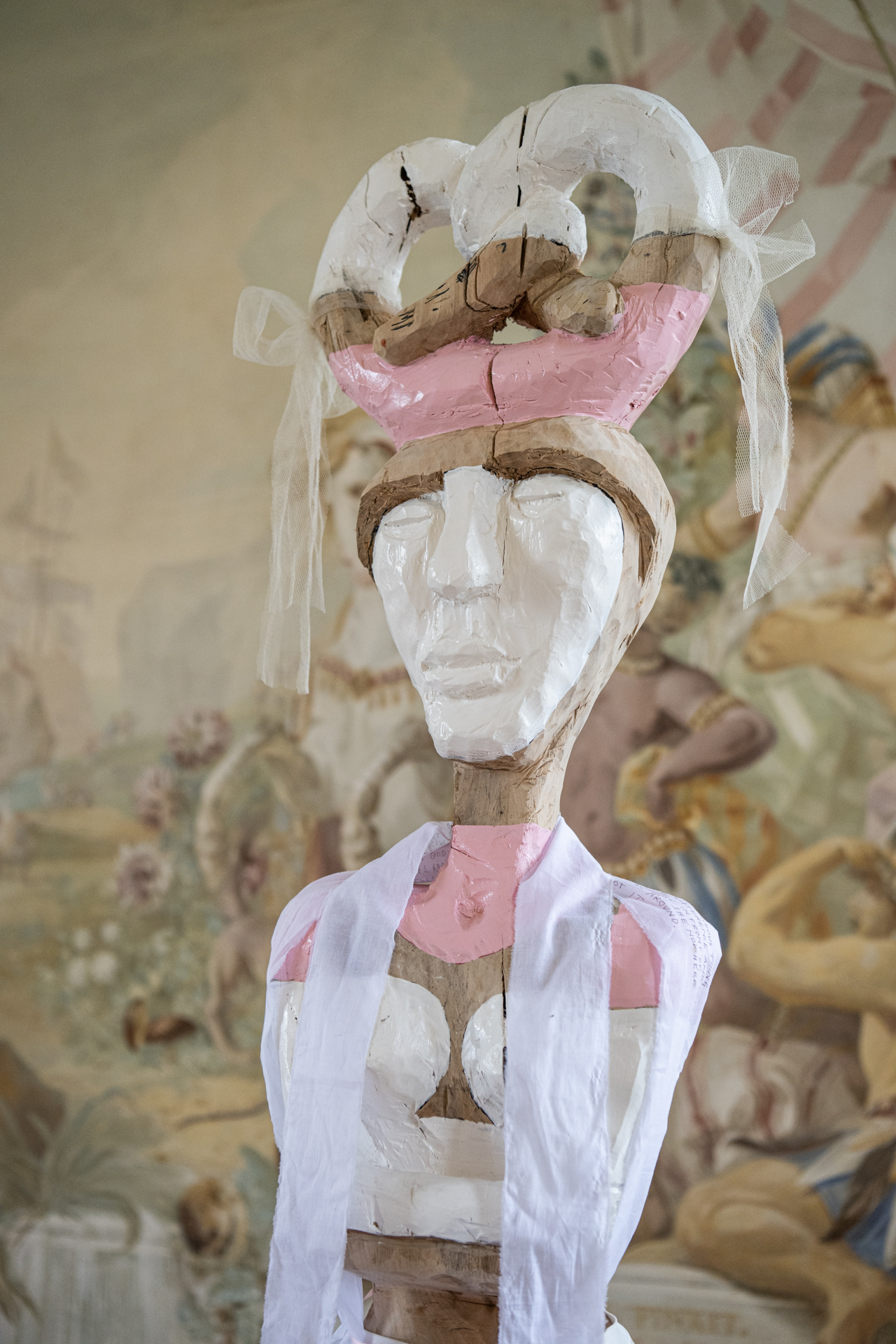
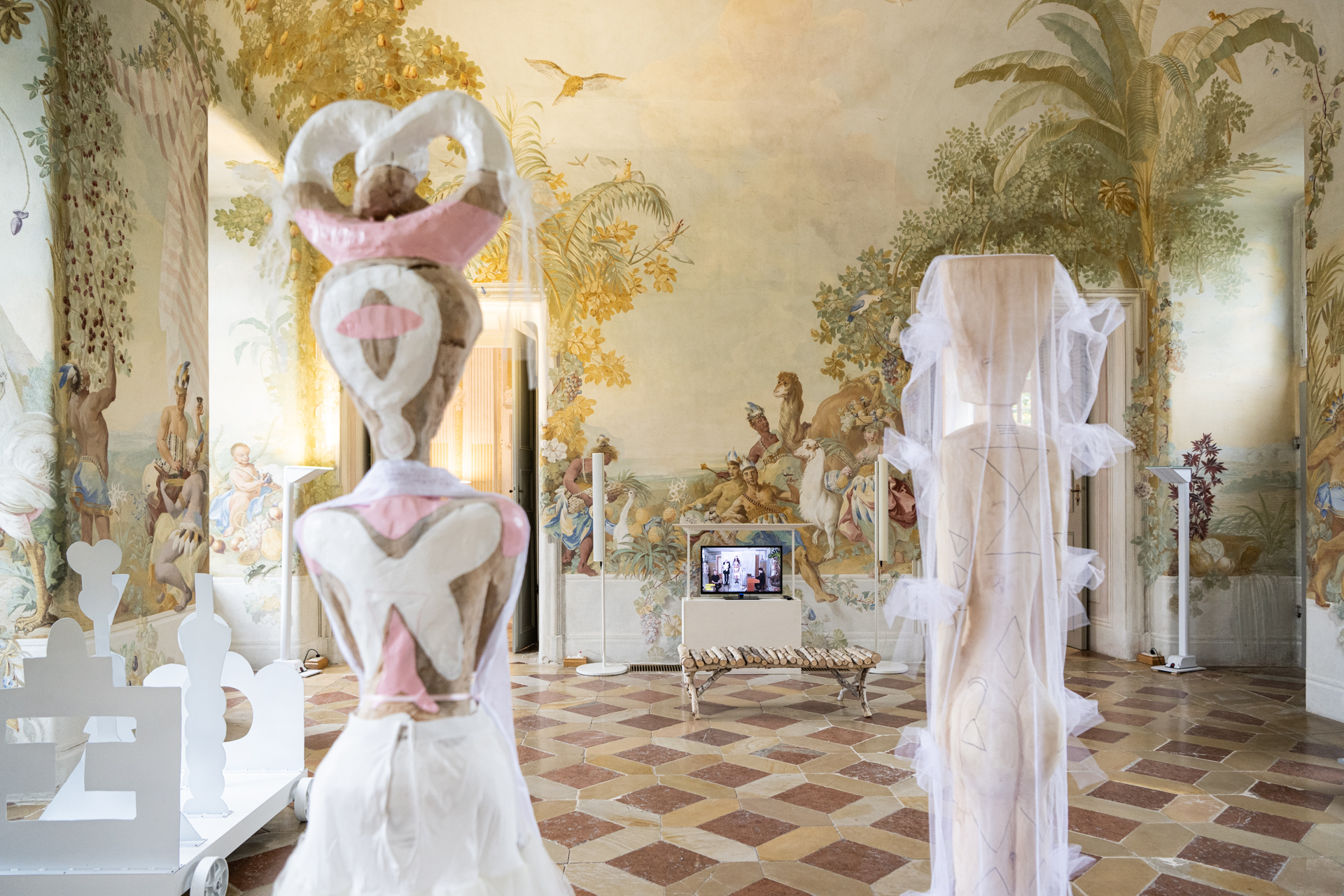
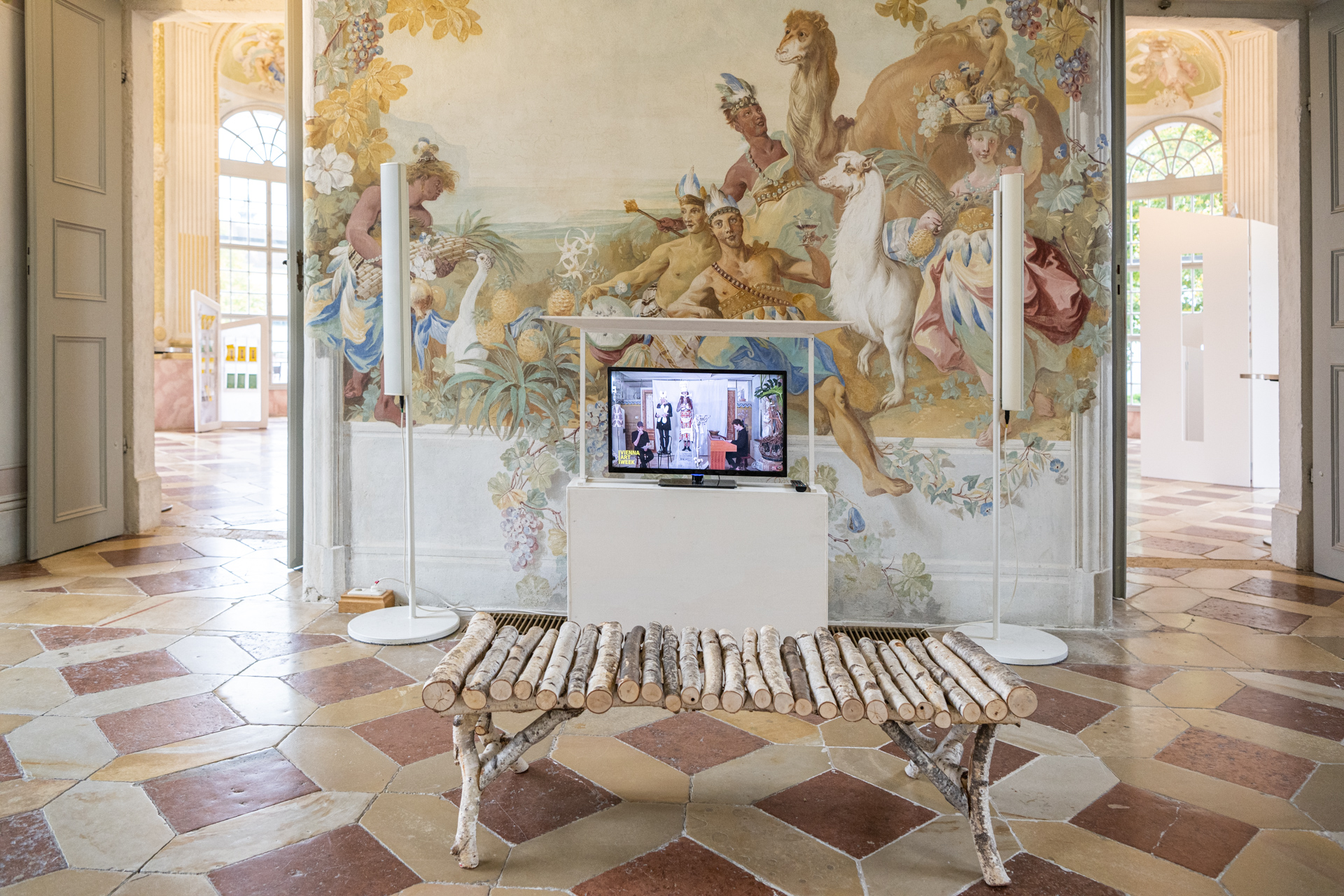
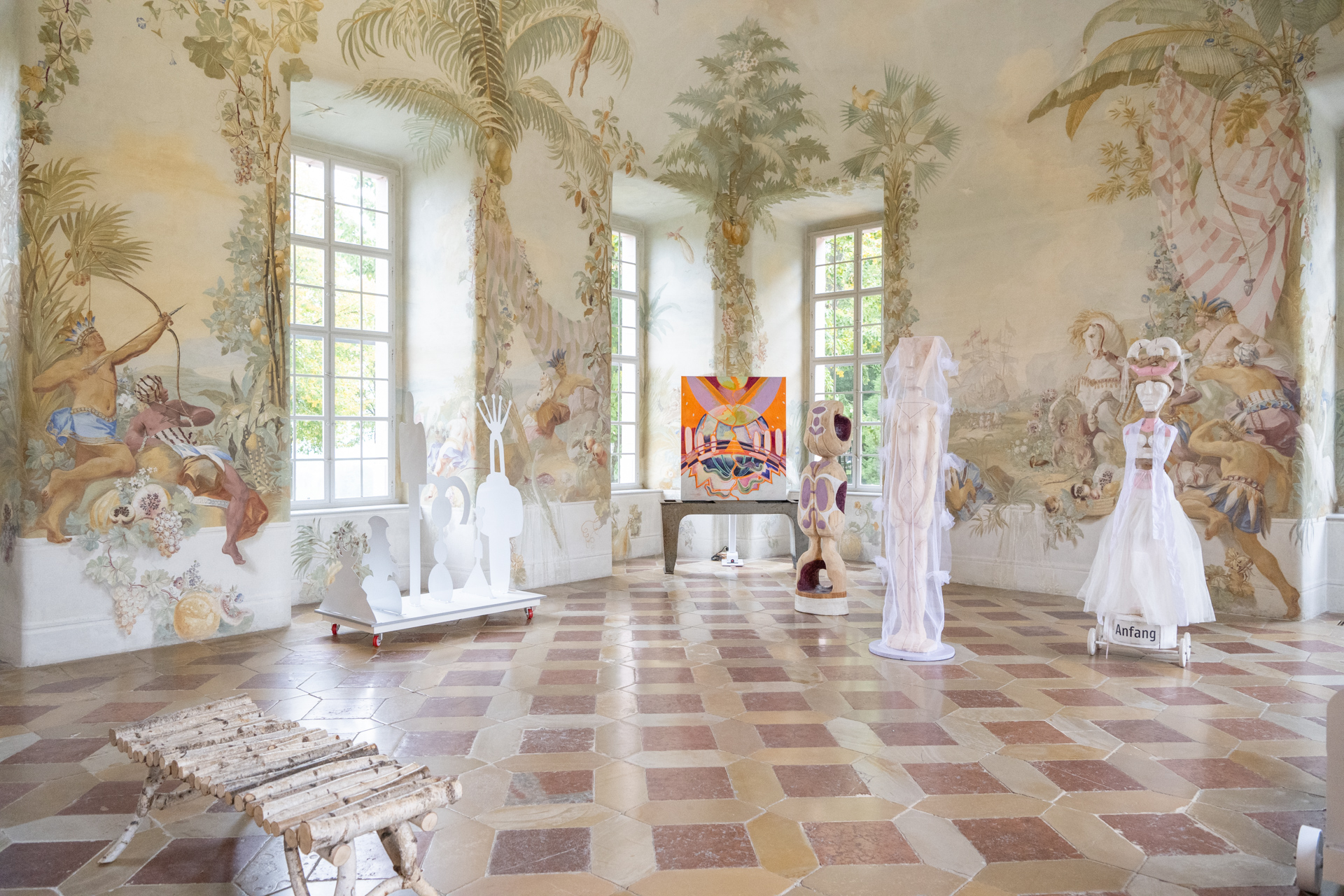
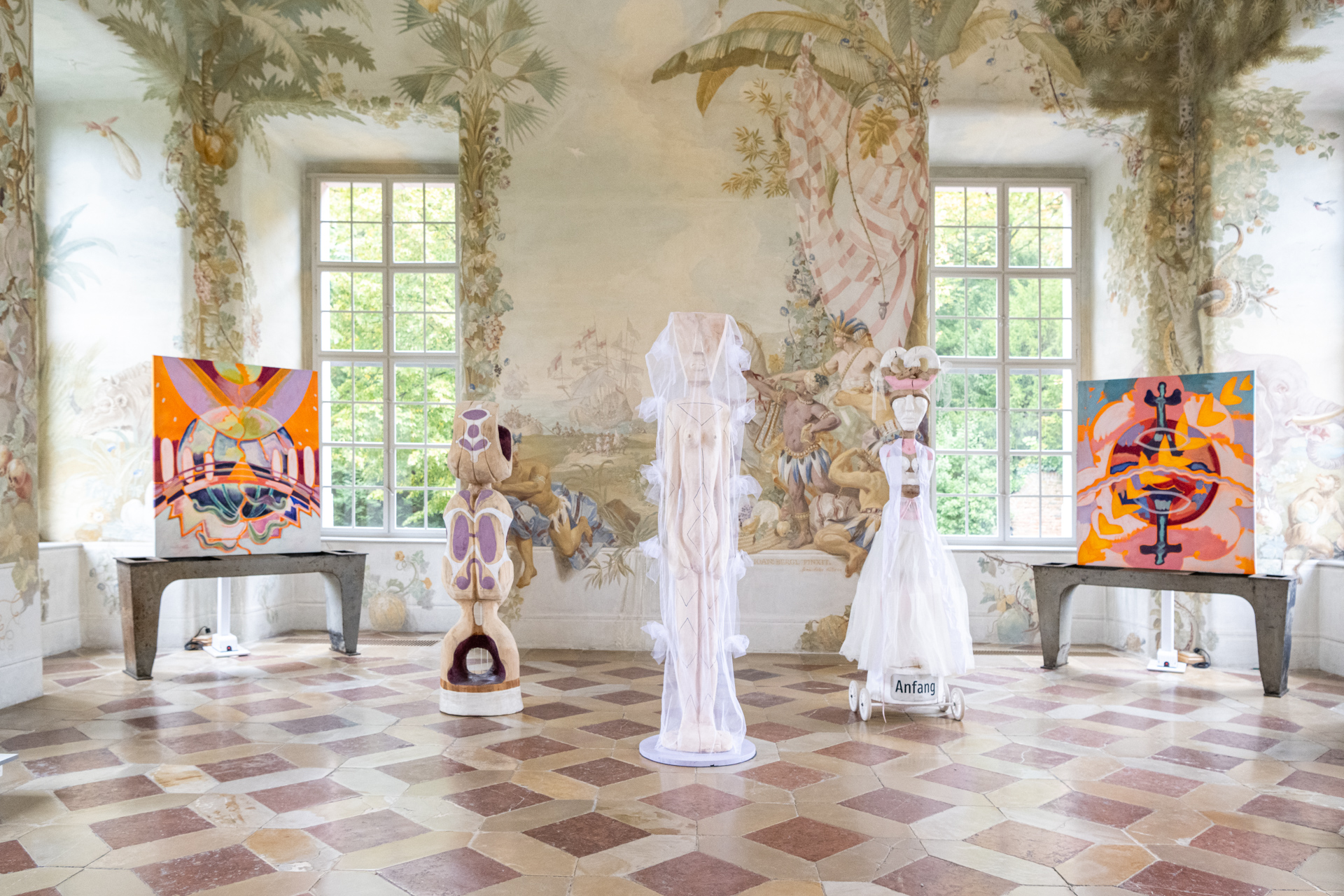
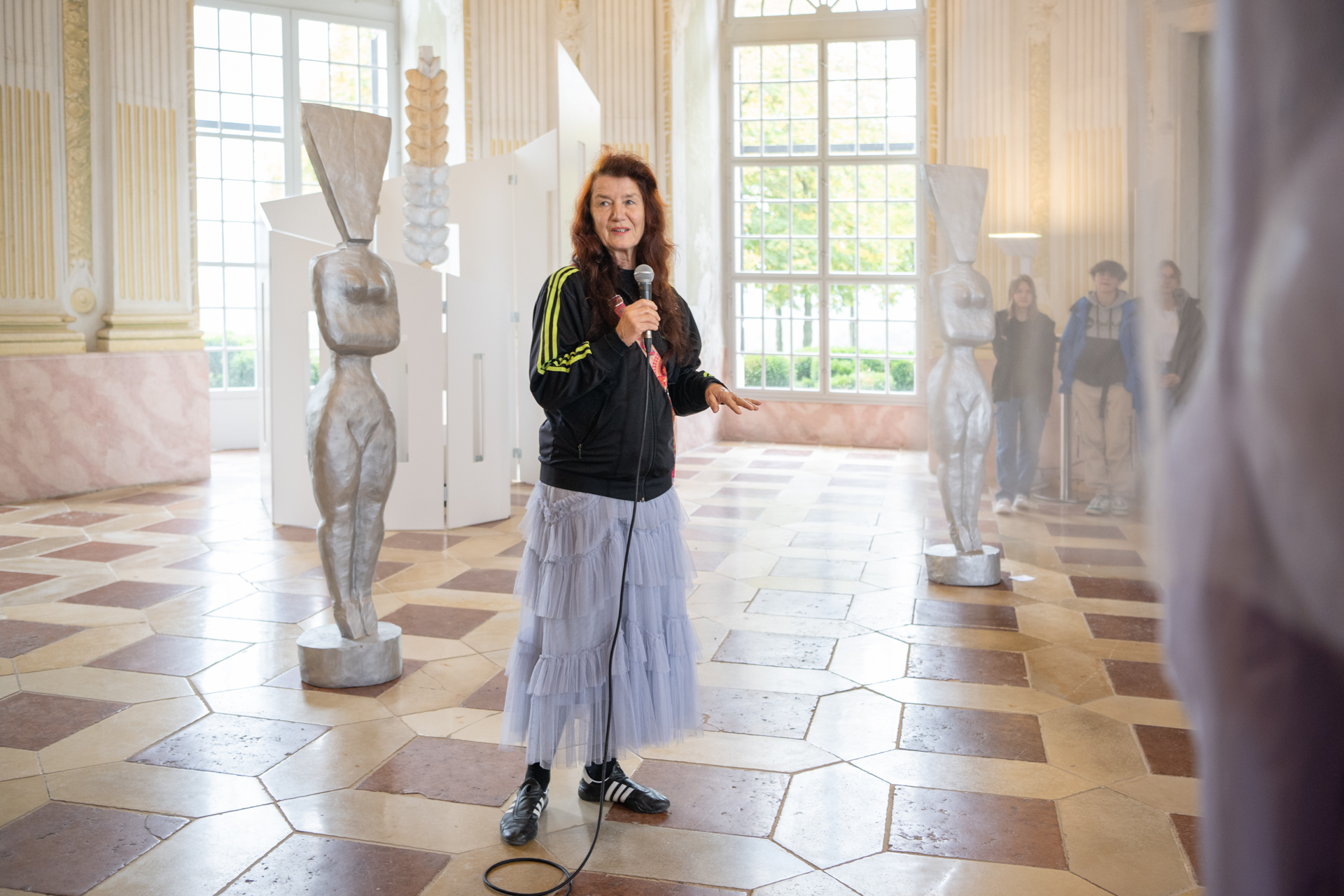
Exhibition:
Elisabeth von Samsonow
Museum des Anfangs (Museum of the Beginning)
1 October to 31 October 2022, 09.00 a.m. to 06.00 p.m.
Vernissage: 30 September, 11.00 am
Melk Abbey, Abbey Gardens and Pavilion
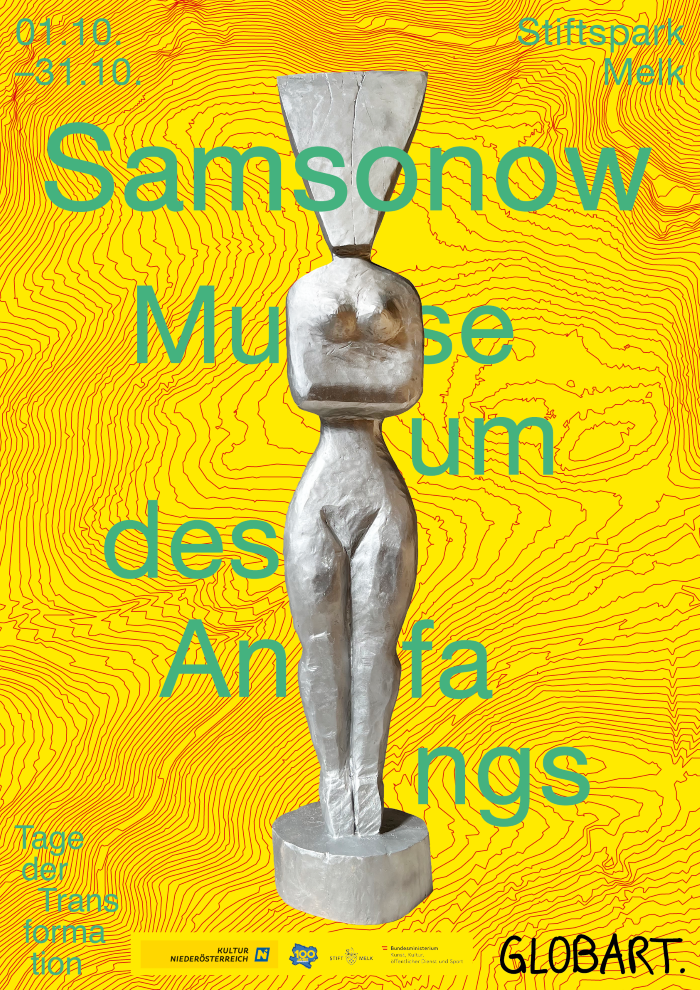
Elisabeth von Samsonow shows a two-part installation with sculptures, objects, and pictures, which she composed for the pavilion, for her “Museum des Anfangs” (“Museum of the Beginning”). The sculptures made of limewood and metal take up on the language of the Neolithic small sculpture of the Cyclades, which have already inspired Hans Arp and Constantin Brancusi with their futuristic forms. Thus, what incredible story, it was prehistoric girls that stood at the beginning of modern art. With her sculptures, Elisabeth von Samsonow continues this thought, using the content of these figures stronger than her predecessors. She projects the seemingly abbreviated heads, arms, and legs of the Cycladic figures into significantly larger volumes. Furthermore, she places an accent on the fact that they are just figures of girls. This is being emphasised as a fact that cannot be ignored. For the first time, Elisabeth von Samsonow shows the work “Zwei Mädchen” (“Two Girls”). The pair of aluminium castings of 210 cm in height forms the centre of the exhibition in the Baroque pavilion with its frescoes by Johann Wenzel Bergl. Samsonov juxtaposes this colourful imagination of nature with metal casting. The artist develops her characteristic formal language within a new material. She transforms her colourful sculptural work, visible with the grown tree trunk, into a monochrome couple that radiates the dignity and power of the “girls” in great clarity.
A thirteen-piece, spiral folding-screen encloses the sculpture of an ear of wheat, which, for Elisabeth von Samsonow, must be related to the logic of the figurines of the girls: the girl’s body is the living coin, the Cycladic figurine that quotes the girl’s body, a first form of “money” in which the elementary unit of value is determined. The first unit of value is the body-producing body as the one who sustains life. (Mothers exist in all species.) This order runs completely counter to the order of capitalist value production, a circumstance Samsonow is particularly interested in.
Samsonow’s girls are accompanied by cult-carts, mobile platforms studded with silhouettes of tinplate which are painted with white car paint. These cult-carts present a form of an archive of the prehistoric sculpture and its preferred forms.
The group of girls is complemented by the “Transplants”, sculptures depicting hybrid beings between man and tree, a sculpture with the sound of twittering blackbirds, a white Demeter in the form of a female figure with a horse’s head around “Madonna”, a very large violin with cavities, and finally a “Wetterhexe” (“weather witch”) made of painted wood and iron. Three pictures on metal “altars” were taken from the series “Erdseelen” (“Earth Souls”). They are intended to show the interweaving of the outer with the “inner earth”. Elisabeth von Samsonow understands the inner earth to be the earth’s own subjective, thus its psychic activity, which she records experimentally. The works selected for Melk (“Die Erfindung der Vogelstimmen”/“The Invention of the Birds’ Songs”, “Die Erschaffung des Edelweiss”/“The Creation of the Edelweiss”, “Was unter der Schlafenden Hexe liegt”/“What lies beneath the Sleeping Witch”) are intended to form a visual and fantastic bridge between the installation and the frescoes by Johann Wenzel Bergl. (Publication on the “Erdseelen”: SPEAKING EARTH CATALOGUE, Taxispalais Kunsthalle Tirol, ed. by Nina Tabassomi). A video with a performance produced for the Vienna Art Week by Elisabeth von Samsonow in 2020, entitled “The Great Ultimate Matriarcho-Magical State Ritual. The Total Formula” can be seen on a small screen. In this video, Elisabeth von Samsonow explains the basic concepts of matriarchal politics. Samsonow identifies the departure from matriarchal ways of life as the cause of our exploitative relationship to the biosphere and the crisis-like consequences deriving from it. To this she responds with a counter-image of abundance and care.
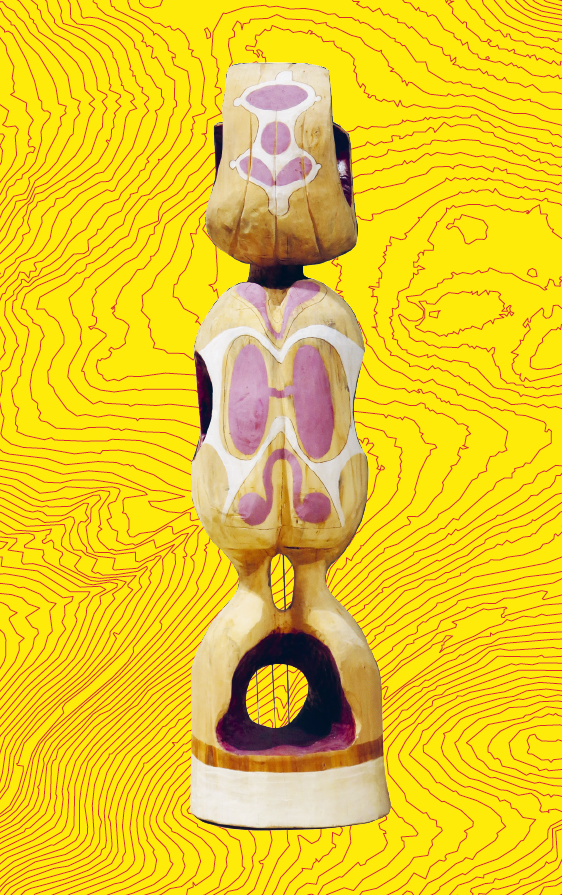
Förderer

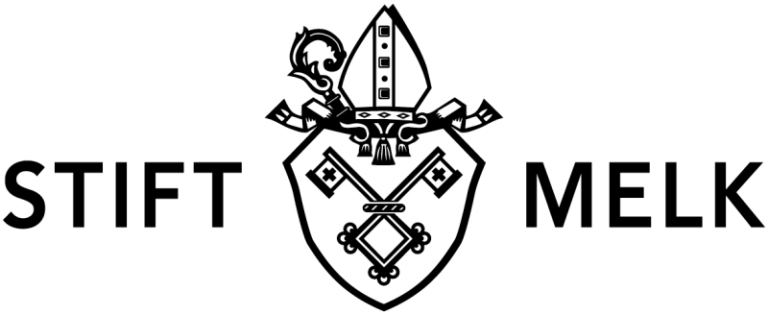


Kooperationen








Sponsoren

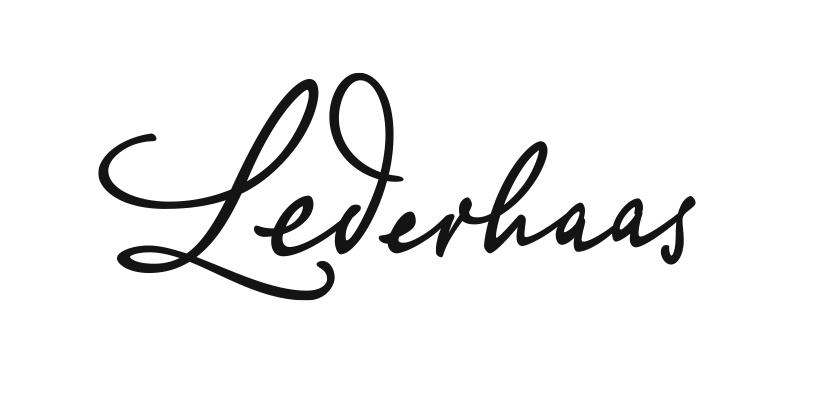


Medienpartner

